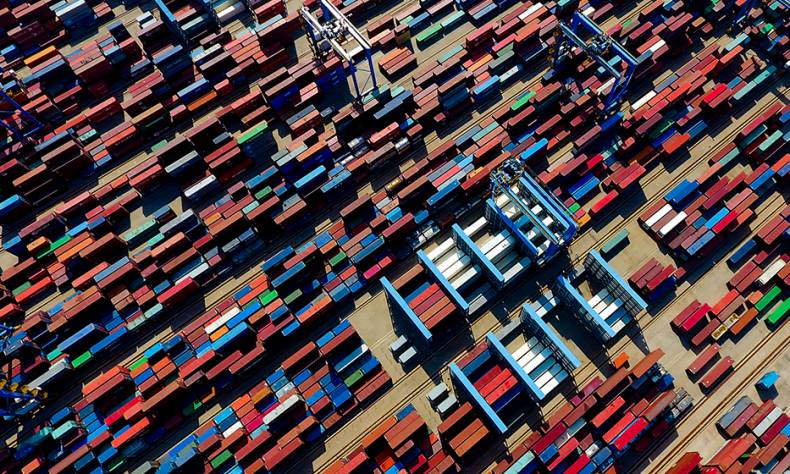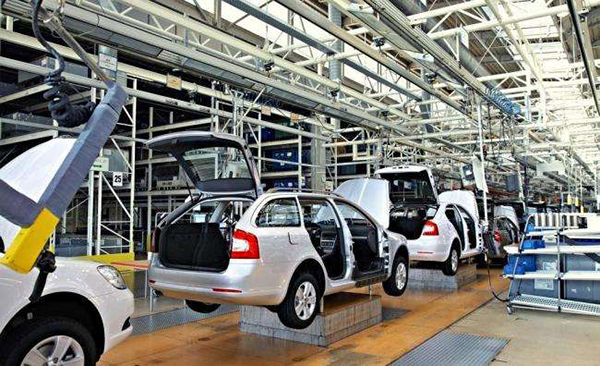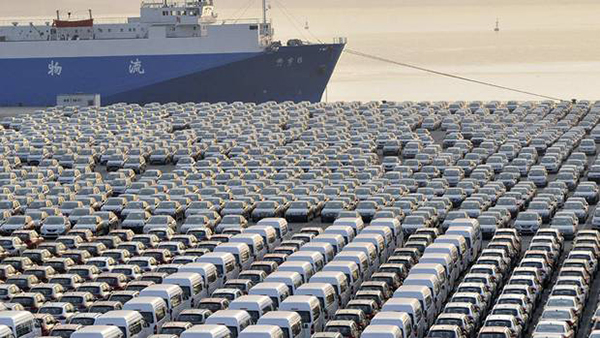
China’s Tariff Cuts Boost the Domestic and International Economic Growth
The tariff cuts will undoubtedly reduce the cost for domestic consumers, provide impetus to China’s industrial upgrading, and boost the world economy.
By Cui Shaozhong
China’s Ministry of Finance announced on May 22 that it would cut import tariffs on vehicles and auto parts from July 1, 2018. For cars, both the 25-percent tariff levied on 135 items and the 20-percent duty on four items will be cut to 15 percent. These items include passenger cars and certain trucks. Import tariffs on 79 auto parts will all be reduced to 6 percent from the current levels of 8-25 percent.
Furthermore, China’s State Council decided on May 30 that China will further cut import tariffs for everyday consumer goods starting July 1, 2018. According to a statement released after the meeting, the average tariff rate for clothing, shoes, hats, kitchenware, and sports and fitness supplies will be reduced from 15.9 percent to 7.1 percent, and that for home appliances such as washing machines and refrigerators from 20.5 percent to 8 percent. The average tariff rate for farmed and fished aquatic products and processed food such as mineral water will be cut from 15.2 percent to 6.9 percent. The average tariff rate for detergents, cosmetics such as skin care and hair care products, and some medicine and health products, will be cut from 8.4 percent to 2.9 percent.
The tariff cuts will undoubtedly reduce the cost for domestic consumers, provide impetus to China’s industrial upgrading, and boost the world economy.
Increase the Economic Welfare of Domestic Consumers.
Reform and opening-up has brought high economic growth over more than thirty years. In 2017 China’s per capita GDP reached more than eight thousand US dollars, 26 times larger than the less than three hundred US dollars in 1978. With this income increase China’s consumption expanded substantially, the supply of some products, such as beef, dairy products, fish, etc., cannot meet the consumers’ need for quality and variety. Throughout this period, the pattern of consumption in China has continued to move upmarket. Cars have become a “household necessity”.
Therefore, tariff cuts on everyday consumer goods, cars, and auto parts will help to meet the demand of domestic consumers and increase their economic wellbeing through lower prices and greater variety.
Vehicle import tariffs cut will benefit the vast number of automobile buyers, especially at the high end of the market. According to statistics from the China Association of Automobile, by the end of 2017 there were 310 million vehicles in China, and 385 million drivers. In 2017, China produced more than 29 million vehicles, and the total sales reached 28 million. These figures have been the highest in the world for the last nine years. As China’s economy develops, the demand for cars has been increasing, with new car buyers constantly entering the market while existing buyers want to renew and upgrade their cars.
For one model of the imported cars, the market guidance price is about 900 thousand yuan, while the CIF price is 240 thousand yuan. When the tariff rate is lowered from 25% to 15%, the tariff will be reduced from 60 thousand yuan to 36 thousand yuan, a reduction of 24 thousand yuan. At the same time, the value-added tax and the consumption tax on imported cars will also be reduced. This will directly reduce the cost to car dealers. Car dealers will further reduce prices on the above basis, and thereby increase their sales of imported cars. In addition, the tariff reduction on imported cars will also increase the variety of cars available to buyers. This will also be of benefit to the consumer.
Provide Impetus to China’s Industrial Upgrading.
In the past 20 years, China’s auto industry has made great progress. The overall technical level has improved significantly, and capability in independent research and development has continuously improved, but compared with advanced countries, China’s auto industry still has no international advantages for in key technologies. From the perspective of the whole industry, China is a newcomer and China’s auto industry still lags far behind the developed countries in terms of R & D capability, innovation, and brand building.
China’s initiative to reduce tariffs on vehicles and auto parts is a requirement of further reform and opening-up, which will expand imports and drive high quality development of the auto industry. The initiative will force the automotive industry to press forward with structural reform and upgrading.
This will also enhance the competitiveness of China’s auto industry, and enrich the domestic market supply, satisfying the diverse needs of the public, and providing them with more affordable cars to domestic consumers.
Greater competitiveness and better quality vehicles will change China’s comparative advantages and help to strengthen economic growth and succeed in structural transformation. This in turn will help the Chinese auto industry to penetrate the international car markets.
Increase Imports of Everyday Consumer Goods, Vehicles and Auto Parts.
From a global perspective, the tariff cuts will be sure to increase China’s imports of everyday consumer goods, vehicles and auto parts. This will have a positive effect on global economic recovery, on economic growth, and especially on global employment. For the exporting countries of those products, the tariff cuts will have direct effects on employment and economic growth. The Chinese market is huge and there is great demand for everyday consumer goods and cars. In 2017, China imported over 1.2 million vehicles. China’s tariff cuts will increase the automobile output for the exporting countries, bringing more employment opportunities for the local people in those countries.
China has become the largest trading partner of more than one hundred countries, with some of which China has a large trade surplus.
China does not seek trade surplus, and it has taken the initiative to cut tariffs to show its sincerity and determination to protect the multilateral trading system. That is a reflection of China’s new vision for international relations:a global community of shared future.
Cui Shaozhong, Associate Professor, China Foreign Affairs University
Editor: Cai Hairuo
Opinion articles reflect the views of their authors, not necessarily those of China Focus
 Facebook
Facebook
 Twitter
Twitter
 Linkedin
Linkedin
 Google +
Google +













